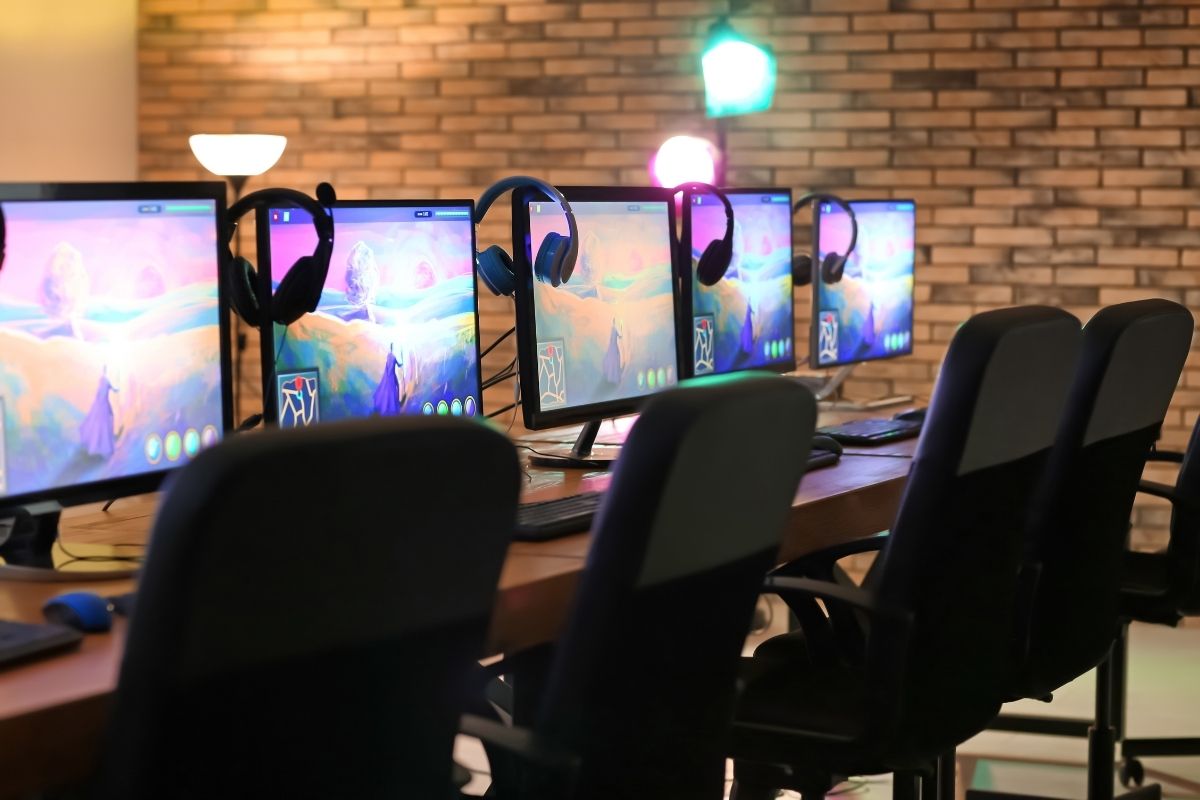Navigating Electronic Sports Management in Arlington, Texas
In Arlington, Texas, there’s an interesting example emerging. The Dallas Cowboys of the National Football League, one of the most recognizable franchises, with its five-point blue star, plays its home games in Arlington, Texas. Right next door, the Texas Rangers (Major League Baseball) play their home games in a current stadium and they’re going to soon move into a new ballpark. That’s interesting enough, just to look at that part of the ecosystem and those relationships. What builds on that is some development called Texas Live, which is really an entertainment complex that’s (in ways) connected to where the Cowboys play and where the Rangers play.
Part of this growing campus of sorts in Arlington, there’s also the city building, which will be the largest Esports stadium in the United States. We start to see the emergence of, not only sports facilities being connected, but the community connected in a different way. It’s sports. It’s entertainment. It’s really the way people live, and these developments signal a real shift. They’re not just about driving the economics of a community, but it’s really overseeing something driving the society and the social aspects – the reasons that you would want to live in a place.
A New Way to Look at Global Sports
The Esports stadium in Arlington, Texas, is a little bit due in part to some work that the NYU Tish Institute did with the United States Conference of Mayors, Professional Sports Alliance, and the city of Arlington. After looking at the Dallas Cowboys calling the city home, the Texas Rangers calling the city home, and other growth and development in terms of sports and entertainment, one of the questions the mayor of Arlington asked, “What’s our next play in sports? What should we do next?” The Tish Institute, in this project partnership with the conference of mayors, was able to send a project team of graduate students in a capstone nearing completion of their program (overseen by faculty), to work through this question that the mayor had. Working directly with the mayor’s office, the city staff, and the Convention Visitors Bureau, what came out, was Esports and video gaming.
In today’s times, especially with online sports management education, it would seem like that would be the obvious thing to do, the next natural thing to do. Esports seems to be so exciting. It’s hot. How could you go wrong with it? It wasn’t quite that simple. Of course, these things have to be thoughtful and thought out. You have to have the infrastructure and the financing as well as willingness and an interest to get involved in emerging activity like Esports. But what the mayor’s office and Convention Visitors Bureau saw, through this relationship between them and NYU Tish Institute and the conference of mayors, was that Arlington was, in fact, primed as a location for Esports. City leaders took that idea and the research behind it and the next thing you know, is the announcement of what will be the largest sports stadium in the United States.
Accessing Electronic Sports Management Education
Esports is actually a number of different activities across a number of different video game titles, across a number of different video game platforms. In a way, Esports and the excitement around it, is everything that we love about sports. Esports is really for everyone. Any city can do it because any business can be involved in it. The reason any business can be involved in it is because any person can be involved in it. Anybody can participate in Esports.
What led Arlington to Esports and to move forward on it is, first and foremost, a willingness by city leadership to ask questions about where they might go next and a willingness to look at the entire sports landscape. They were willing to look at the entire landscape, travel and tourism, and the way businesses work.
We look at it and say, “Well, they must have been taking quite a risk, or at least an educated risk.” But it’s no different than any other decision to do something. In this example, what Arlington has going for it, and the big reason that it went for Esports and to build a large Esports stadium in the United States, is because the leadership there could see how connected it was. They could see how connected Esports is to what people are looking for as residents in the community and as travelers to a community.


